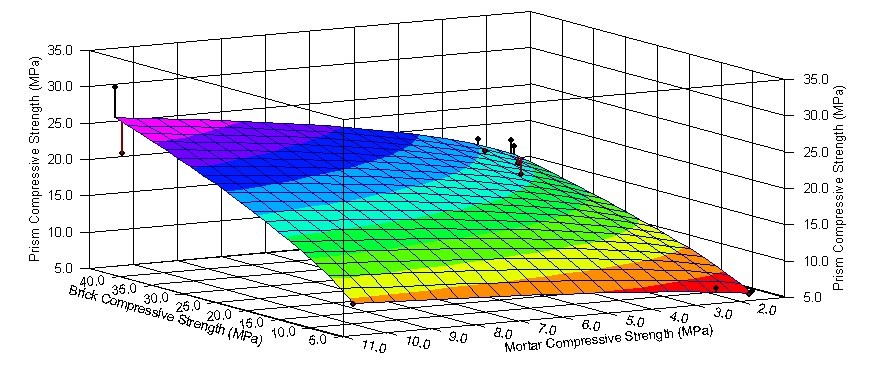R. Lumantarna1 and J.M. Ingham2
- PhD Candidate, Department of Civil Engineering, The University of Auckland, Auckland, New Zealand, rlum009@aucklanduni.ac.nz
- Associate Professor, Department of Civil Engineering, The University of Auckland, Auckland, New Zealand, j.ingham@auckland.ac.nz
ABSTRACT
New Zealand’s unreinforced masonry (URM) buildings have proven to perform poorly during earthquakes. Building damage during the magnitude 7.8 1931 Hawke’s Bay earthquake provided evidence of the vulnerability of this form of construction, where most URM buildings were destroyed during the event, resulted in the death of nearly 260 people. Due to this poor earthquake performance, seismic assessment and retrofit of URM buildings is necessary as these buildings not only represent a significant architectural heritage, but also occupy a significant portion of the nation’s building stock. In order to achieve an accurate seismic assessment and a cost effective seismic retrofit, it is important to accurately establish the constituent material properties of these buildings.
A research programme has been initiated to investigate the material properties of New Zealand’s URM buildings. This research aims to establish better URM material data for structural seismic designers in order to improve the accuracy, and therefore cost effectiveness of their seismic assessments, computer modelling and retrofit designs. The work reported here focuses on the compressive strength of brick, mortar and the brick/mortar composite. Three brick high prisms were constructed out of three brick types and four different mortar grades. The samples were tested in compression to determine brick, mortar and prism compressive strengths. Predictive equations relating brick, mortar and the brick/mortar composite properties were developed using the results obtained from the tests. These predictive equations are intended to facilitate prediction by structural seismic designers of masonry design properties based upon known brick and mortar properties.
KEYWORDS: unreinforced masonry, material properties, compressive strength, young’s modulus, predictive equation.
B1-2



